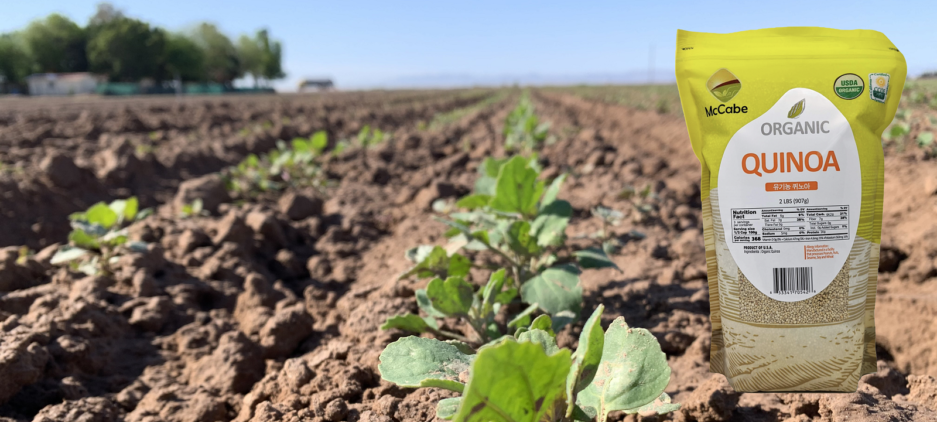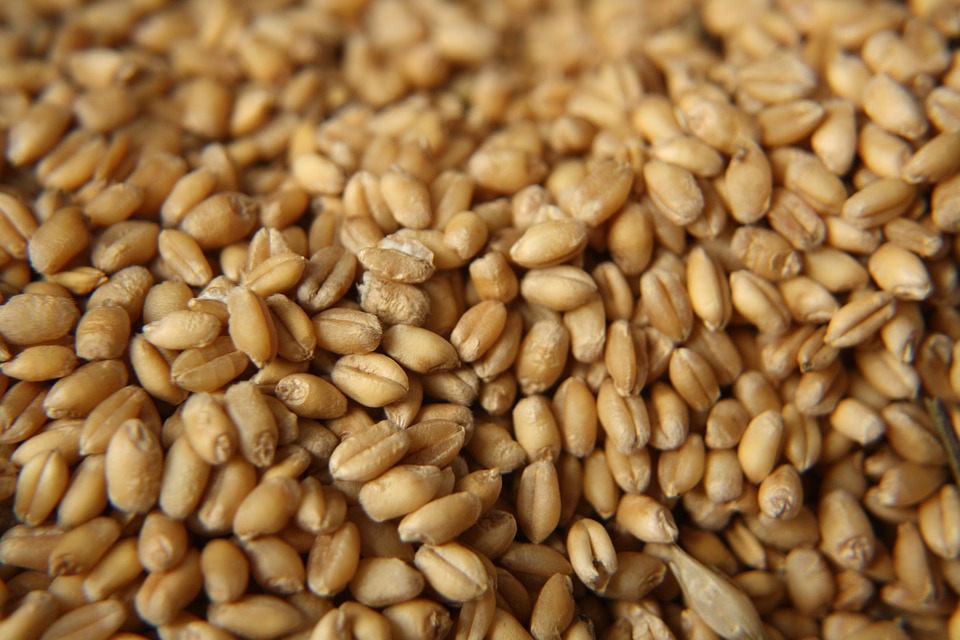
If you are having a difficult time suffering from asthma, arthritis, impotence, skin problems, anemia, obesity, constipation, diabetes, hypertension, kidney problems or heart disease, perhaps it’s time for you to learn about the health benefits of barley. The benefits are mostly attributable to the eight essential amino acids which it contains, meaning that it represents a complete protein in our diet. Recent research says that consuming whole grain barley also regulates blood sugar to a great extent.
There are so many rampant ailments in recent years, which proves even more that our regular diets lack important nutrients. One of the most important nutrients that we often tend to neglect is fiber. Barley is an excellent source of both soluble and insoluble fiber, which assures you good overall health over the long term. Before we move on to the health benefits, you will be pleased to know that you can consume it in many kinds of preparations like salads, soups, stew, and even with chicken, mutton or in the tandoori style. Therefore, it will not add value just to your health but also to your palate.
Health Benefits Of Barley
People use barley for preserving skin elasticity and preventing disorders such as osteoporosis, gallstones, and diabetes. Let us look at the benefits in detail:
Keeps Intestine Healthy
Barley, being an excellent source of fiber, keeps your body toxin-free. Its grass, which is rich in dietary fiber, acts as a fuel source to the friendly bacteria of our large intestine. These bacteria help in fermenting the fiber content of the barley, thereby forming butyric acid, which is the primary fuel for intestinal cells. It is greatly effective in maintaining a healthy colon. By keeping the intestine in proper health, it helps you to decrease the movement time of feces and keeps your stomach clean. It greatly reduces the chances of colon cancer and hemorrhoids as well.
Protects against Gallstones
Barley effectively helps women avoid developing gallstones. Since it is rich in insoluble fiber, it actually helps you to reduce bile acid secretion, thereby increasing insulin sensitivity and lowering the levels of triglycerides. Reportedly, in an article of the American Journal of Gastroenterology, women have a 17% lower risk of having gallstones as compared to others not consuming a fibrous diet.
Prevents Osteoporosis
The phosphorus and copper content in barley grass guarantees overall good health of bones. The phosphorous content present in it effectively cures bone and tooth ailments. If you have osteoporosis, it can be your natural remedy. Barley grass juice is known to have 11x greater calcium content than milk. Calcium, as we know, is one of the key components in protecting bone health. The manganese content found in it works in association with B-complex vitamins, thereby keeping the overall health intact. We need manganese for normal bone production, as well as in cases of iron deficiency
Boosts Immune System
Being highly nutritious, barley is particularly helpful as it strengthens your immune system and reduces the chances of cold and flu. Iron improves the blood volume and prevents anemia and fatigue. It aids in proper kidney functioning and the development of body cells. Furthermore, it contains copper, which forms hemoglobin and red blood cells.
Preserves Skin Elasticity
Barley is a good source of Selenium, which helps you to preserve skin elasticity, thereby protecting it against free radical damage and loosening. Moreover, it also improves our heart, pancreas, and immune system functioning. A deficiency of selenium can lead to cancers of the skin, colon, prostate, liver, stomach, and breast.
Controls Blood Cholesterol Levels
Barley’s insoluble fiber yields propionic acid that helps keep the blood cholesterol levels low. It, being an excellent source of both soluble and insoluble fibers, is also specifically recommended by doctors for its naturally low-fat content and zero cholesterol properties.
 Manages Diabetes
Manages Diabetes
Barley works effectively on Type 2 diabetes. However, we can prevent this type of diabetes by losing weight, getting involved in vigorous physical activity and including abundant whole grains in our diet. Therefore, high fiber foods like barley should be included in the daily diet of diabetic patients. Its grain has all the essential vitamins and minerals, particularly beta-glucan soluble fiber, that slows down glucose absorption. The December 2006 edition of Nutrition Research has proved that insulin-resistant men who consumed barley beta-glucan soluble fiber had significantly reduced glucose and insulin levels as compared to others test subjects.
Cancer Prevention
Barley contains certain types of phytonutrients known as plant lignans, which are transformed by friendly flora in our intestines into mammalian lignans. One of these new lignans is called enterolactone, which helps us to prevent breast and other hormonal cancers as well as coronary or heart disease.
Protects Against Heart Diseases
Atherosclerosis is a condition when the artery walls thicken due to the coagulation or deposition of fatty materials like cholesterol. Barley contains niacin (a B vitamin complex) that reduces the overall cholesterol and lipoprotein levels and minimizes cardiovascular risk factors. Postmenopausal women having high blood pressure, high cholesterol, or cardiovascular diseases are specifically recommended to have it at least 6 times a week.
Prevents Asthma
14.5 kDa is a barley endosperm protein and a major allergen in baker’s asthma disease. This is an airborne occupational ailment, mostly prevalent in confectioneries and bakeries. It proves to be very effective preventative measure for such kinds of major wheat-flour allergens.
When you think of buying it, you first need to decide what form you should buy. It is found in various forms, and each of them has varied nutritional value. Whole grain barley has the ultimate nutritional value, found in its grain, leaves and even the extract of the grass.
Forms Of Barley Nutrition
Barley Grass is the seedling of the barley plant. This grass is usually harvested about 200 days after germination, while the shoots are not even a foot tall. People consume it in this form because the young leaves are rich in minerals, vitamins, antioxidants and amino acids. Although its grains have much more dietary fiber in comparison, the grass has high levels of chlorophyll that detoxifies your body from harmful toxins.
Hulled Barley is also known as covered barley and is usually eaten after removing the inedible, fibrous outer hull. It is a great source of healthy nutrients. It takes a long time to soak when used in regular cooking. However, the time is worth it, considering the utility of dehulled barley when you’re finished. Once the hull is removed, it’s known as dehulled, pot or scotch barley, which is commercially popular, and is a very marketable product. The process of removing the bran and polishing is known as “pearling”.
Pearl Barley is easily available in the grocery stores and probably one of the most common ingredients for breakfast and snacks recipes all over the world. These are actually hulled barley that is processed and the bran is removed. This is processed into a host of products like flours and flakes, which resemble oatmeal or grits.
Barley Green Powder is well known for its medicinal benefits. It is actually the powder form of barley grass, sometimes mixed with additional vitamins and minerals is sold by many companies. These grasses are found in a variety of flavors and have superior solubility. Therefore, you can also consume them as barley juice.
Barley Flour is often used alternatively as wheat flour or cake flour. The flour obtained from grinding whole barley is richer in nutrition than the pearl variety flour since the bran in the former form remains undamaged. It contains some gluten and has been very popular in confectioneries that tend to experiment with alternate kinds of flours. It has a mild, nutty flavor, and this flour has comparatively lower rates of calories and higher levels of fiber.
Barley Water is effective when your kidneys need rest from excessive stress. People suffering from kidney and bladder ailments can take barley water for therapeutic uses.
Barley is widely available as a commercial product all over the world in various forms. You need to know the exact form that will cater best to your needs. The pearled, flaked and hulled forms have different utilities, so decide what you want to make before making the purchase. It is found both in bulk containers and packaged form; ensure its freshness before taking it home. If you buy it in containers, check the date and also be sure that it’s sealed properly. Even a small amount of moisture content in packaged barley can spoil the cereal, so be careful if buying it in containers. Store it in clean, glass containers having air tight covers and place it in a cool, dry place. During the summer, it’s advisable to keep it in the refrigerator.
Organic Grain is available to purchase at SFMart.com
This article is originally posted on Organic Facts






 Manages Diabetes
Manages Diabetes
